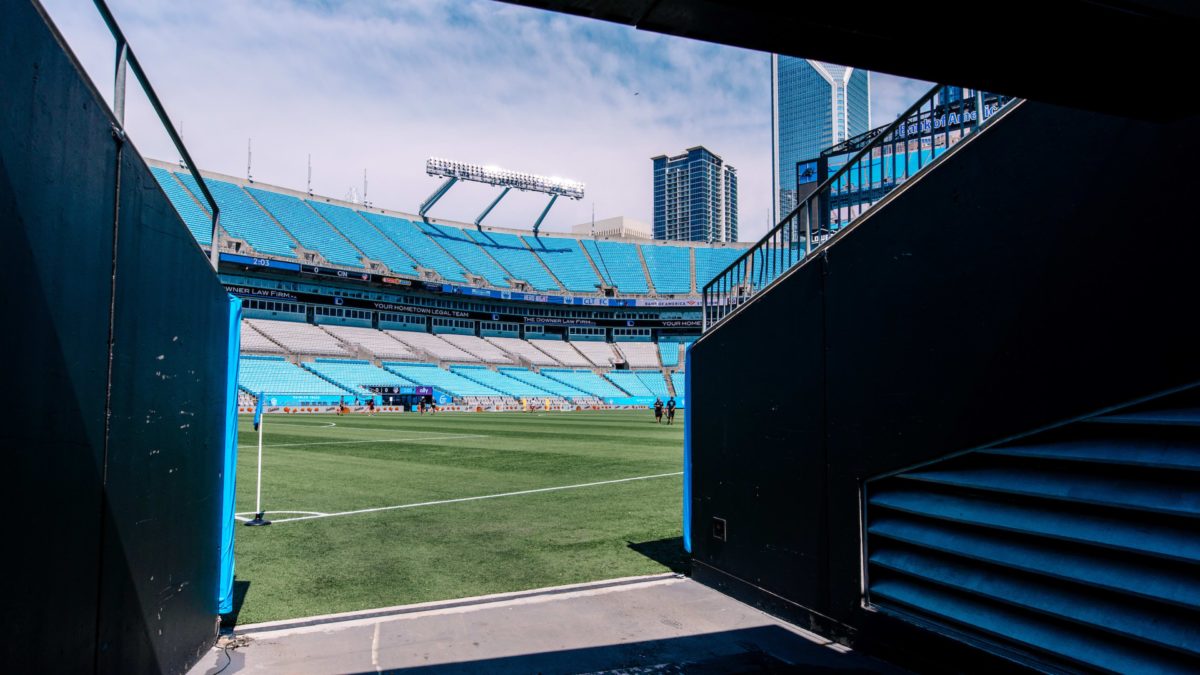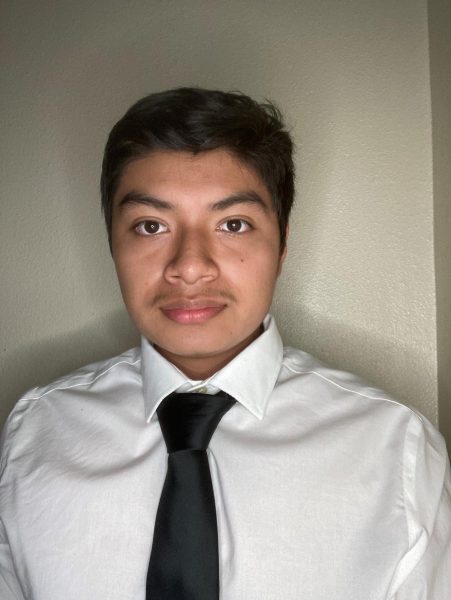AstroTurf, synthetic turf or artificial grass needs to be banned and removed from venues across the U.S. and not discouraged in the development of young athletes.
A primary exploit NFL owners use is there is no regulation field for teams to play on leaving the discretion to the owners to install cost-effective substitutions for real grass. You don’t need to hire a large grounds crew and the natural fields don’t take much of a beating after the game.
What breaks the bank more for owners, though, are the players on the field — even more so those unable to play due to season-ending injuries.
Following New York Jets quarterback Aaron Rodgers’ season-ending Achilles tendon tear at MetLife Stadium’s artificial turf field during Monday Night Football, the “fake grass’ debate resurfaced online. The future first-ballot Hall of Fame quarterback had his New York Jets debut end four plays into the game.
Rodgers’ injury wasn’t gruesome or due to a violent tackle. It came as a result of incidental contact and a lack of give on the field from the artificial turf at MetLife Stadium. According to a study from the National Library of Medicine, Achilles injuries make up a good portion of injuries on artificial turf. Lower body injuries such as leg and foot injuries are more likely to be found on artificial turf according to the same study. Unlike natural grass, which provides some cushioning and shock absorption, artificial turf fields offer minimal impact reduction.
According to Sports Info Solutions data from 2017 to 2022, seven out of the top 10 stadiums with the highest injury rate in the NFL utilize artificial turf.
Artificial turf is not affecting just the pro level but also youth sports at the high school level. A study from Washington University in St. Louis found that high school athletes across 26 schools were 58% more likely to sustain injuries on artificial turf than on natural grass. Young athletes shouldn’t have to play on surfaces that correlate to a higher injury risk.
If owners truly cared about the safety and development of the current and upcoming generations of athletes, advocate for the removal of artificial turf and for the integration of natural grass.
Instead of counting pennies in the short run by cutting corners on the grass the players compete on, invest in the players’ overall safety so your pocketbooks and Super Bowl hopes aren’t hurting over your stud playmakers missing significant time and worse closing a championship window prematurely.
Having artificial turf gone from stadiums isn’t a radical idea that would never happen in the coming years. Games in the 2026 FIFA World Cup will be played on natural grass in stadiums that deploy artificial turf fields due to FIFA regulations.
Lumen Field, Mercedes Benz Stadium, SoFi Stadium, AT&T Stadium, NRG Stadium, MetLife Stadium, and Gillette Stadium will be host sites when the tournament comes around and have committed to removing artificial turf and installing natural grass for the games.
While most of the world plays on grass, soccer stadiums in the U.S. implement artificial turf like their American football counterparts. Most Major League soccer teams share stadiums with NFL teams. Charlotte FC and the Carolina Panthers share Bank of America Stadium and both play on artificial surfaces.
MLS has seen it’s fair share of turf-related injuries and its stigma is affecting the availability of the league’s big-name players. Lionel Messi and Jordi Alba didn’t play during Inter Miami’s trip to Mercedes Benz Stadium due to discomfort from previous injuries. They didn’t play on the turf field but did play three days later back in Miami’s natural grass stadium. The surface is seen as a risk and one with a reputation for injuries in multiple sports.
If the NFL and NFLPA were to negotiate a mandate for all stadiums to install natural grass, it would force owners to cave in to change. If they’re willing to do it for FIFA, why not do it for the most popular sports league in America? It’s why this remains a popular topic — NFL owners can install grass but choose not to.
We all know owners want to make money and get as much profit for their investments. Removing turf from sports venues will help mitigate injuries for the current and the next generation of athletes in the U.S.



